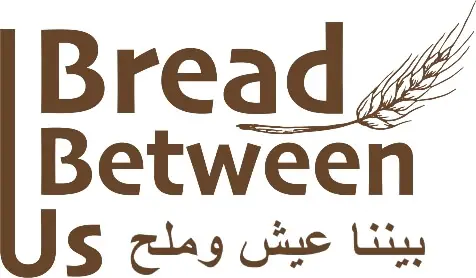Fatoot, which means crumbled into pieces, is an apt name for this crumbly spiced bread that comes from the Medina region. It is like Sheraik, a type of ring-like bread, except that fatoot doesn’t have a hole in the middle and is thicker.
The dough for fatoot is rather complex, being made with milk, ghee, and a mixture of spices that can include mahlep, fennel, anise, nigella, and cumin seeds. Traditionally it would also include sheep’s tail fat, and was leavened with Hajj yeast (a special yeast bought from the herbalist, ground at home, and mixed with spices before being added). Before homes had ovens in which to bake them, the women of the house would arrange their shaped breads on trays and send them with one of the men to the neighbourhood ovens. Today people buy their fatoot from commercial bakeries.
A custom in Medina is to offer fatoot, dates, yoghurt, and duqqa (a mixture of seeds and spices) to people who visit the Prophet’s Mosque for iftar (breakfast) during Ramadan. Fatoot is also eaten at all other times of the day, although it is a must with hot milk for iftar. It is also served in Medina at family gatherings, together with different cheeses, olives, milk, Bajali almonds, duqqa, cardamom-flavoured coffee, and dates, and it can also form part of the Medina ta’teema meal (A simple meal that is served when housewives do not have much time to spend in the kitchen and choose to offer a selection of uncooked dishes such as cheese, olives, jams, and different kinds of bread. Ta’teema is also what guests and brides- to-be enjoy on the night before the wedding ceremony, known as, when the bride has her hands and feet decorated with henna).
